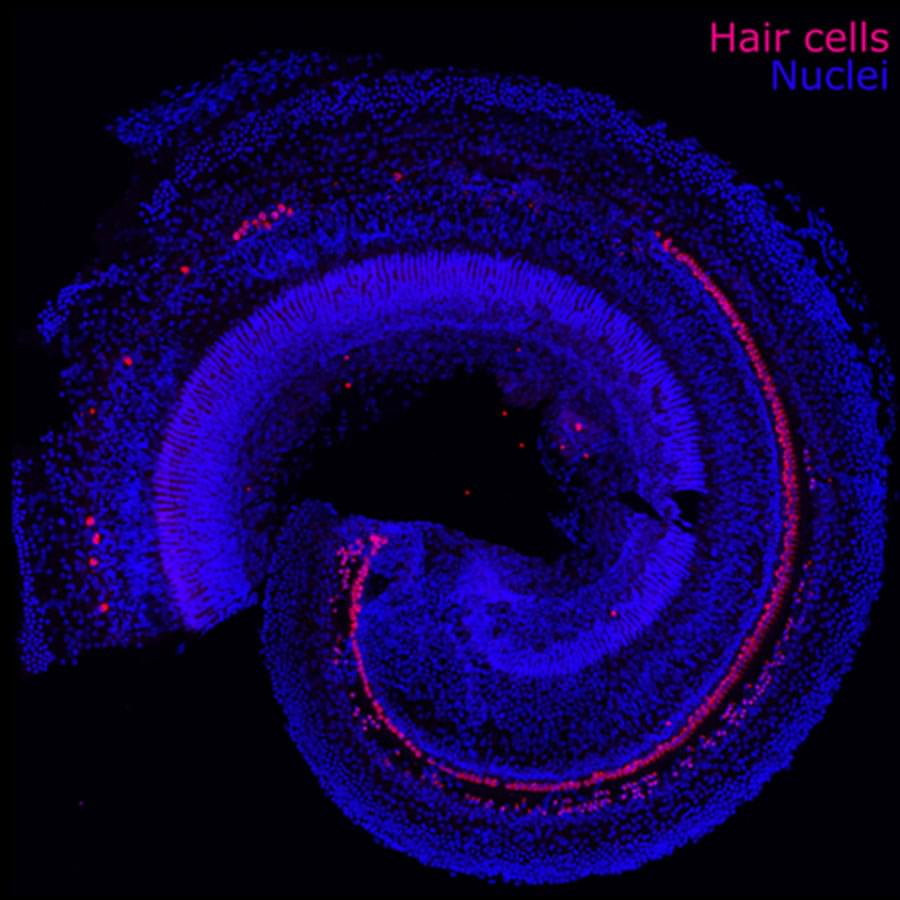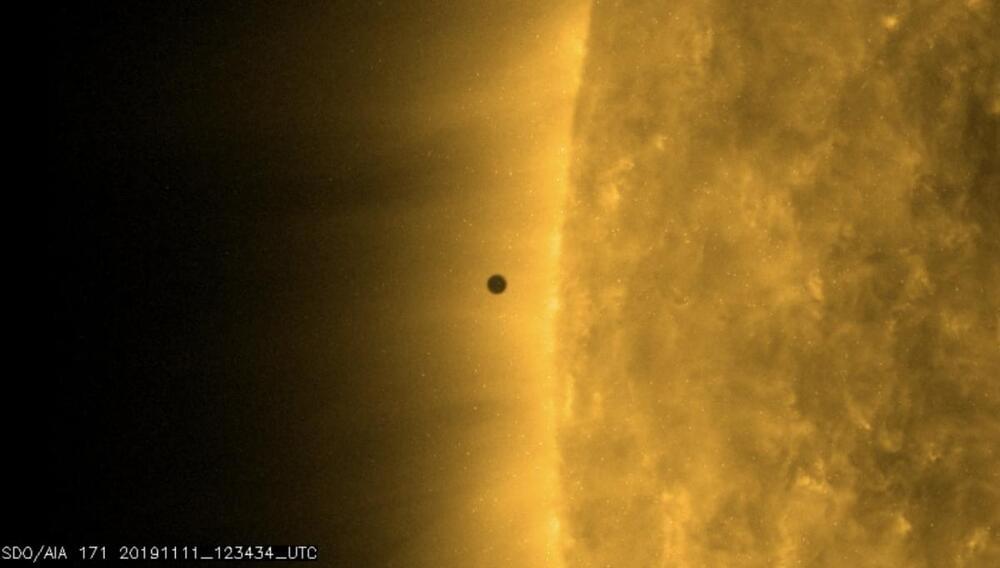Disappointed by available milk alternatives, the startup Perfect Day developed lab-grown vegan milk that’s molecularly identical to the kind from cows.


Disappointed by available milk alternatives, the startup Perfect Day developed lab-grown vegan milk that’s molecularly identical to the kind from cows.

The headquarters building for toy company Lego, which was designed by Danish architecture firm CF Møller Architects, has officially opened in Billund, Denmark.
Built near the company’s BIG-designed Lego House visitor centre, the 54,000-square-metre office block contains workspaces for 2,000 employees.
CF Møller Architects designed the headquarters to incorporate Lego’s core values of “imagination, fun, creativity, caring, learning, and quality”.

Keep tabs on the storied space telescope.
The Hubble Space Telescope has been responsible for some of the most exciting astronomical finds in history and while research time with Hubble is highly sought after, anyone can check what the storied telescope is currently pointed at whenever they like.
Most of the time, casual observers only hear about select Hubble observations when NASA or the European Space Agency (ESA) shares them, whether that be through blogs or on Twitter. For example, the photo above is of spiral galaxy M91, which was observe by Hubble and shared on the NASA blog today. This galaxy is of interest because it hides a gigantic supermassive black hole at its core. In a 2009 study, astronomers found that it weighs somewhere between 9.6 and 38 million times as much as the Sun.
Photos like this are colorized and publicly shared, but there are a great many other observations that don’t get the same publicity. For those who want to keep an eye on what astronomers are observing at any given moment, the Space Telescope Live site displays detailed information about observations in real-time.

A new study published in Nature reveals the likely impacts of climate change on cacti by mid-century.

Founded by MIT scientists, the clinical-stage biotech company Frequency Therapeutics discovered a way to reverse hearing loss without hearing aids or implants. Focusing on progenitor cells (which reside in the inner ear and turn into hair cells when humans are in utero, before going dormant) the company injects small molecules into the cochlea, which transform these cells into hair cells that help us hear. During their 200-person trial, the company saw meaningful improvement in patients’ hearing, with some reporting improved speech perception after a single injection that lasted nearly two years. “I wouldn’t be surprised if, in 10 or 15 years, because of the resources being put into this space and the incredible science being done, we can get to the point where [reversing hearing loss] would be similar to Lasik surgery, where you’re in and out in an hour or two,” says Harvard-MIT Health Sciences and Technology affiliate faculty member Jeff Karp. While the drug still needs to undergo further testing, the breakthrough is a hopeful milestone for the field of regenerative medicine. Read more about it at SciTechDaily.

The Essential Beauty exhibition of Obel Award-winning architect Anna Heringer’s work is currently on show at Madrid’s Museo ICO. Here, curator Luis Fernández-Galiano selects five highlights from the exhibition.
First opened in February as part of the 2022 edition of Madrid Design Festival, the retrospective exhibition curated by Spanish architect Luis Fernández-Galiano showcases the breadth of German architect Heringer’s work.
Working across the world, she aims to use architecture as a tool to improve lives – using local materials and labour to support and empower communities and people.
This video was produced on April 15, 2022 for the Future of Life Insititute’s Worldbuilding program.
Please support the Future of Life Institute: https://futureoflife.org.
Music by John Lennon.
Arrangement, keys, lyrics, voice and video editing by Sergio M.L. Tarrero.
#peace #Ukraine #UN #technoabundance #nanotechnology #longevity #AI

The wave likely scoured the surface of the weakly magnetic planet.
Previously, scientists were unsure if Mercury’s magnetic field was strong enough to induce geomagnetic storms. However, research published in two papers in the journals Nature Communications and Science China Technological Sciences in February has proved that the magnetic field is, indeed, strong enough. The first paper showed that Mercury has a ring current, a doughnut-shaped stream of charged particles flowing around a field line between the planet’s poles, and the second paper pointed to this ring current being capable of triggering geomagnetic storms.
“The processes are quite similar to here on Earth,” Hui Zhang, a co-author of both studies and a space physics professor at the University of Alaska Fairbanks Geophysical Institute, said in a statement. “The main differences are the size of the planet and Mercury has a weak magnetic field and virtually no atmosphere.”
The sun’s activity has been increasing far faster than past official forecasts predicted, according to the National Oceanic and Atmospheric Administration’s Space Weather Prediction Center. The sun moves between highs and lows of activity across a rough 11-year cycle, but because the mechanism that drives this solar cycle isn’t well understood, it’s challenging for scientists to predict its exact length and strength.

The wildflower Gasteranthus extinctus in western Ecuador had been spotted by scientists for the first time since 1985. The elusive tropical plant is endangered due to the mass deforestation of its environment.

It was cute—even though LaMDA went on to make a few errors. The AI language model that powers it is still in development, Pichai explained. And Google says it has no plans yet to use LaMDA in its products. Even so, the company is using it to explore new ways to interact with computers—and new ways to search for information. “LaMDA already understands quite a lot about Pluto and millions of other topics,” he said.
The vision of a know-it-all AI that dishes out relevant and accurate information in easy-to-understand bite-size chunks is shaping the way tech companies are approaching the future of search. And with the rise of voice assistants like Siri and Alexa, language models are becoming a go-to technology for finding stuff out in general.